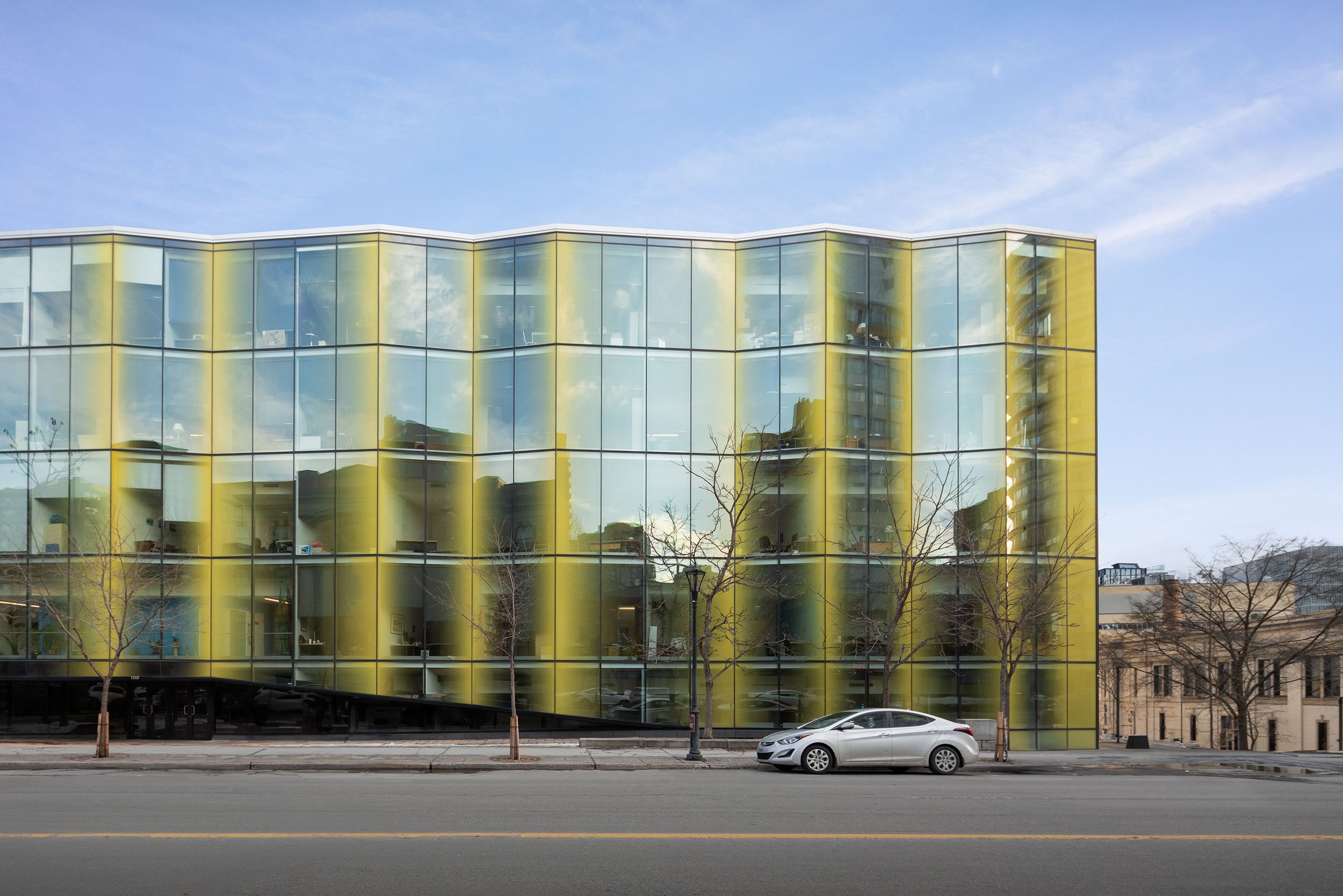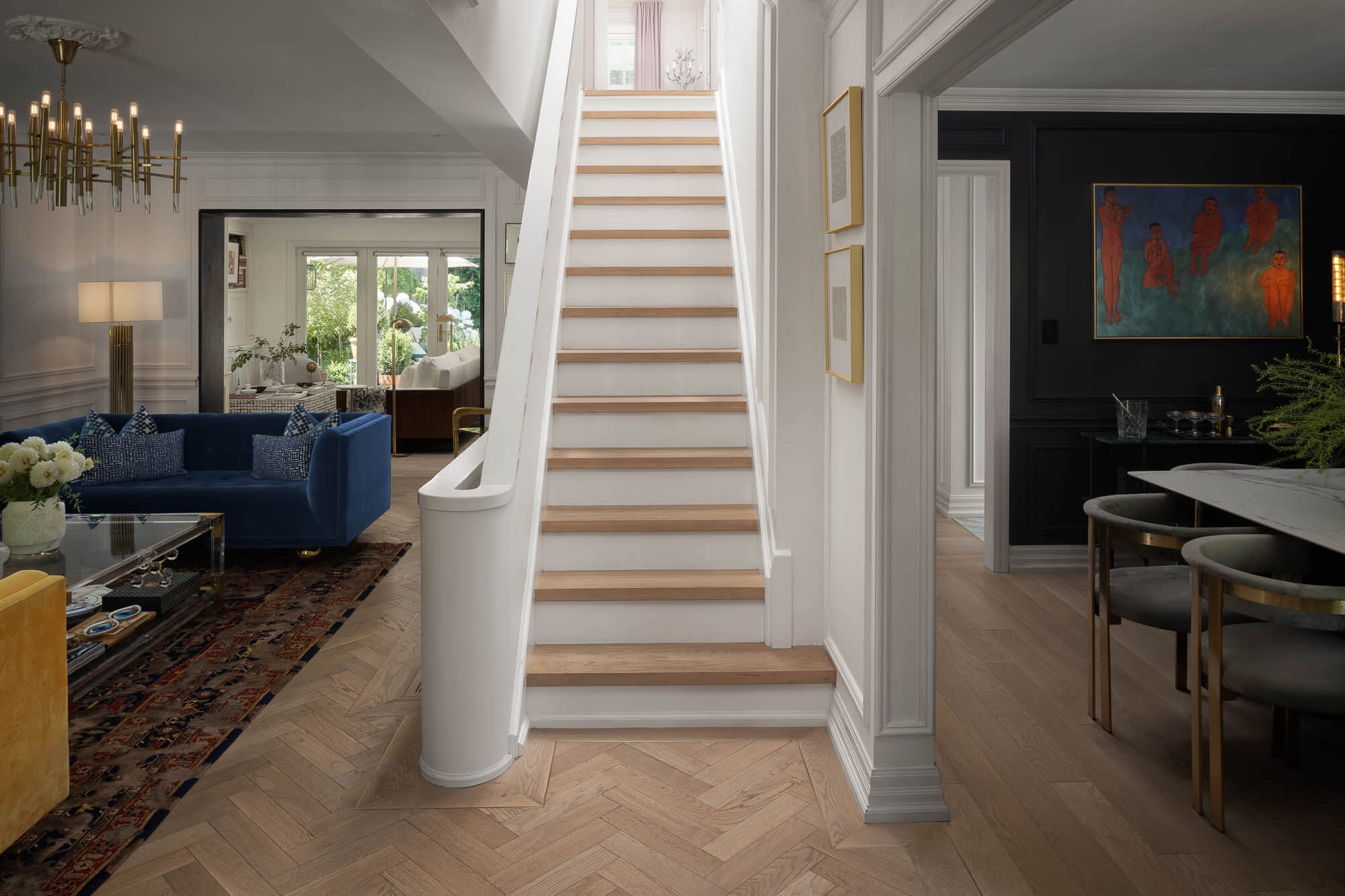The Art of Light and Shadow in Architectural Photography
Architectural Photography Techniques for Creating Depth
Architectural photography is a fascinating field in the world of photography, which not only captures the beauty of physical structures but also creates artistic and impactful images of architectural spaces. By mastering the art of light manipulation, photographers can bring out the Depth in Architectural Photography, turning simple structures into powerful visual statements. One of the most important factors that can significantly enhance the impact and appeal of these photographs is the use of light and shadow. In this article, we will explore architectural photography techniques for optimizing light and shadow to create depth in images.
An Introduction to the Role of Light and Shadow in Architectural Photography
Light and shadow have played a fundamental role in various forms of art, such as painting, sculpture, and photography, since ancient times. In architectural photography, light can be used as a tool to highlight the details of buildings and their surrounding environments. Shadows, in turn, add depth and dimension to images, making the space feel more dynamic and appealing.
Depth in architectural photography refers to creating the perception of a third dimension in the space. When buildings, walls, and other architectural elements are properly combined with light and shadow, they no longer appear flat, creating a dynamic and vivid image.
Why Light and Shadow are Essential for Creating Depth?
Light can showcase a building in a way that all its details are clearly visible, but shadows come into play when we aim to capture the true depth and dimension of a space, giving it life. In fact, shadows help the photographer distinguish different spaces of a building, highlighting details and shapes by creating contrast.
Since each building has its own unique characteristics, light and shadow can be used as tools to create special and unique images. Shadows can change throughout different parts of a building and at different times of the day, providing images with depth and dynamism.
Lighting Techniques for Enhancing Depth
One of the key principles in architectural photography is proper lighting. Light can add to an image in various ways. Here are a few main techniques for utilizing light in architectural photography:
Natural and Artificial Light
One of the most important decisions in architectural photography is choosing the type of light. Natural light, especially during the golden hours (early morning and late afternoon), can give images a special quality. The soft and warm light at these times creates gentle shadows that add depth and movement to the image. On the other hand, artificial light can make a stronger impact in specific conditions, such as at night or in indoor spaces.Side and Direct Light
Side light, due to its ability to create long and sharp shadows, can highlight architectural details. This type of light typically appears around sunrise or sunset, and using it can effectively reveal various surfaces and textures. Direct light, on the other hand, can be used to display the precision and delicacy of details.Lighting Using Multiple Sources
Architectural photographers often use a combination of several light sources to better control shadows and create depth. For example, backlighting can be useful for illuminating the environment and highlighting distant details, while front lighting can be used to light up closer areas.
Choosing the Right Angle to Showcase Shadows
The camera angle is one factor that can greatly influence how depth is created in an image. Changing the camera angle can completely alter the way light and shadow interact. Certain angles can make shadows appear in a way that adds drama and impact to the image.
Low Angles
Photographing from low angles can make shadows appear longer and more prominent, which adds depth to the image. These angles are particularly suitable for tall buildings or busy facades.High Angles
Using high angles to showcase structural details and objects below is highly effective. This technique can provide an overall view of the space and, by creating varied shadows, add more dimension to the image.
Using Shadows to Highlight Architectural Details
Shadows are a powerful tool for showcasing architectural details. By playing with shadows, specific and unique shapes within a building can be clearly revealed. For example, shadows around windows, columns, and ceilings can be displayed in a way that makes the architectural details stand out dramatically.
Shadows can be especially important in complex and detailed spaces, such as corridors and interiors of buildings. In such spaces, shadows, in combination with light, help reveal the dimensions of the spaces and the relationships between architectural elements.
Editing and Post-Processing Techniques to Enhance Light and Shadow Effects
Architectural photographers can improve the effects of light and shadow after the photograph is taken by using image editing software. One common method to enhance depth in images is to adjust the contrast and brightness. By increasing contrast in the light and dark areas of the image, more depth can be added, and hidden details in the shadows can be revealed.
Additionally, some software tools allow for the application of filters and effects that can artistically enhance the shadows and make the final image more vibrant and dynamic.
Conclusion
The use of light and shadow in architectural photography is one of the most powerful tools for creating depth and dimension in images. These techniques allow photographers to depict architectural spaces in a different and artistic way. By using proper lighting, selecting the right angles, and applying creative editing, it is possible to create works of art that beautifully reveal the hidden beauty of buildings and architectural spaces.
Architectural photography, as an art form, requires precision and attention to detail, and light and shadows play a key role in this process.



Comments
Post a Comment